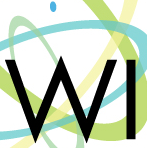Reflections and Isosceles Triangles
(View Complete Item Description)This activity is one in a series of tasks using rigid transformations of the plane to explore symmetries of classes of triangles, with this task in particular focussing on the class of isosceles triangles.
Material Type: Activity/Lab




















